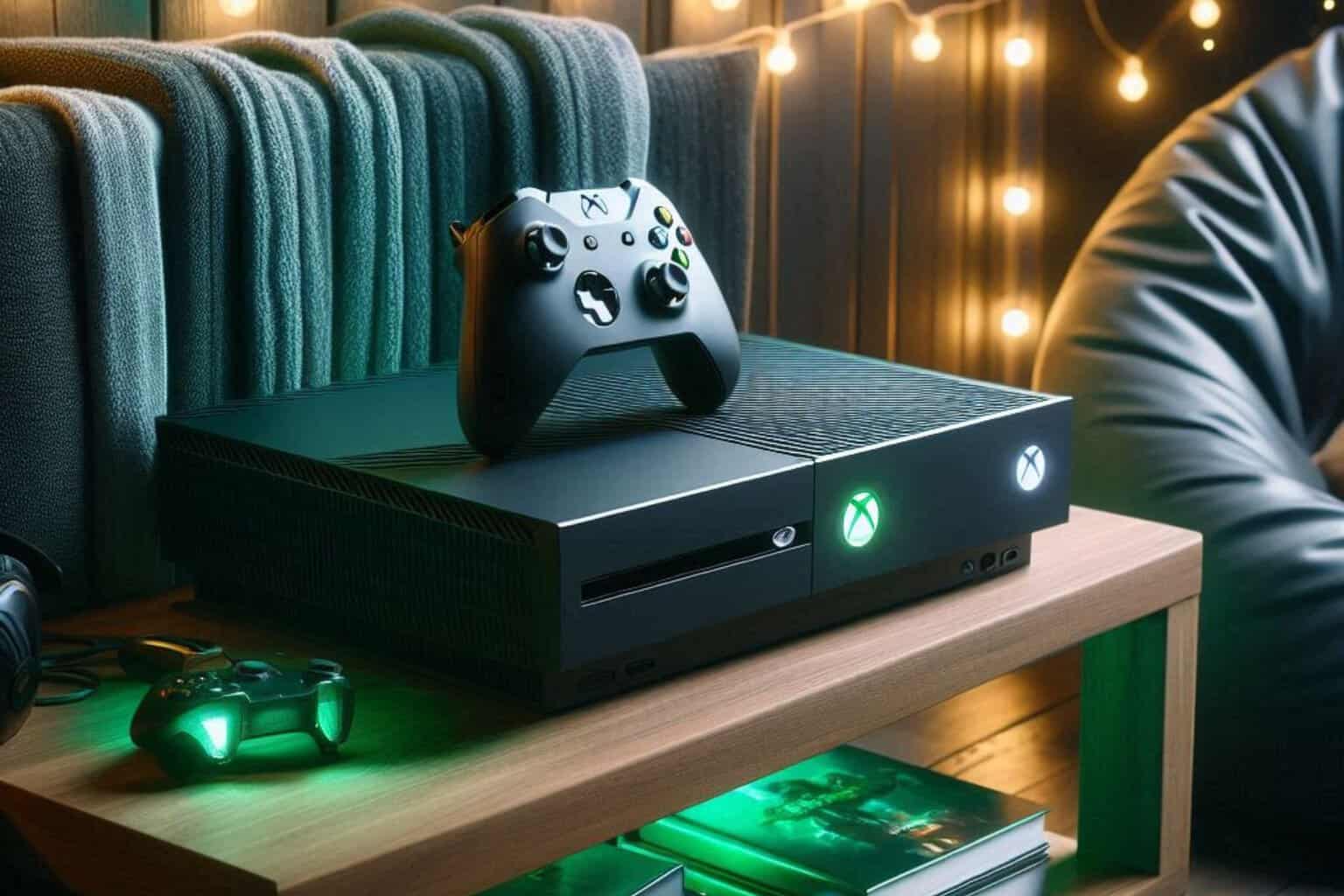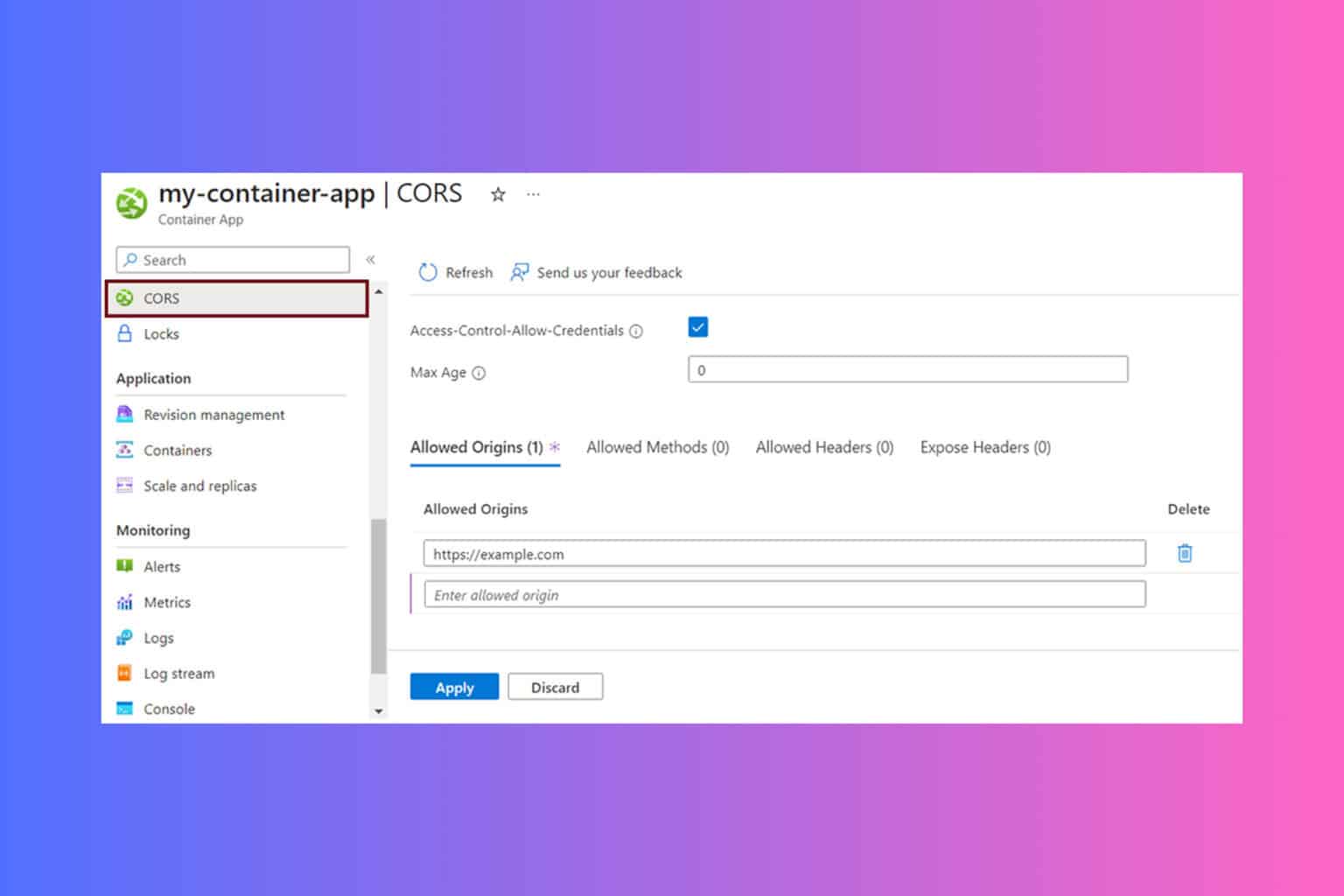Surface Duo 2 first impressions: Much better hardware, still unpolished software
4 min. read
Published on
Read our disclosure page to find out how can you help Windows Report sustain the editorial team Read more

A little over a year ago, OnMSFT reviewed Microsoft’s first Surface Duo. As the reviews of the first Surface Duo were not very favorable, Microsoft got more right than it got wrong with the Surface Duo 2.
I picked up the first Surface Duo in the Woot fire sale in July. Surely, I was not going to fork over $1,400 for the first Surface Duo, but $410 is a good deal for that device.
Since that time, I have been using the first Surface Duo as a secondary device. I tried to use it as my primary device, but there were too many things missing for me.
I love the form factor and found that using dual screens is the best when it comes to doing two things at once. However, the downsides were too hard to ignore, especially the lack of a decent point-and-shoot external camera.
The hardware is better than ever

Based on our hands-on with the first Surface Duo, some things have changed for the better. The first thing you notice is the hinge on the Surface Duo 2. The hinge is slightly bigger this time around, made of better materials, and it has new Glance Bar on one of the curved displays where you can see the time of day, the battery level, as well as notifications for phone calls and text messages without opening the Surface Duo 2.
Holding the first Surface Duo, you feel as though with a little force you can snap it in half. The Surface Duo 2 is heavier and feels more premium, similar to the Samsung Galaxy Fold 3. And like the Fold 3, I am sure it would easily smash to pieces if I drop it.
If you loved the Surface Duo 1, you are going to love the improvements on the Surface Duo 2. The 90Hz display, Glance Bar, NFC, and the triple camera setup are all great upgrades. The screen bezels are a little smaller, offering a tad more screen real estate for your viewing pleasure, and the fingerprint sensor built in the power button is also very convenient.
In my short time with the Surface Duo 2, I am impressed with the build quality, design, and upgrades. If the hardware feels worth the money, the software experience is a different story, though.
The software still feels unfinished
While the Surface Duo 2 is well-made and feels premium, the software is still quite buggy at launch. As I was taking pictures for this hands-on, the Duo 2 decided it did not want to cooperate. Moreover, trying to get the Glance bar to work when I press the power button is inconsistent, sometimes it won’t turn on, or there can be a two-second delay.
As an owner of the first Surface Duo, the bugs that were present in the first are no longer present in the Duo 2. However, accidental touches and the camera app getting unknown errors when I try to open up the app are persistent and annoying. The software experience is the major downside to this device, even after I installed the latest stability update. After shelling out close to $1,700 for the Duo 2 (device + Microsoft Complete), I am extremely frustrated by the Duo 2’s software experience.
You only get one chance to make a good first impression, and the original Surface Duo didn’t really do that. There’s much more to like about the Surface Duo 2’s hardware, but I’m afraid that Microsoft still has to really optimize Android for dual-screen devices. The Surface Duo 2 is just Microsoft’s second Android device, and it could be years before the company could rival Samsung and other Android OEMs on the software front.
What do you think about the Surface Duo 2? Let us know in the comments! If you have any specific questions, you can hit me up on Twitter.









